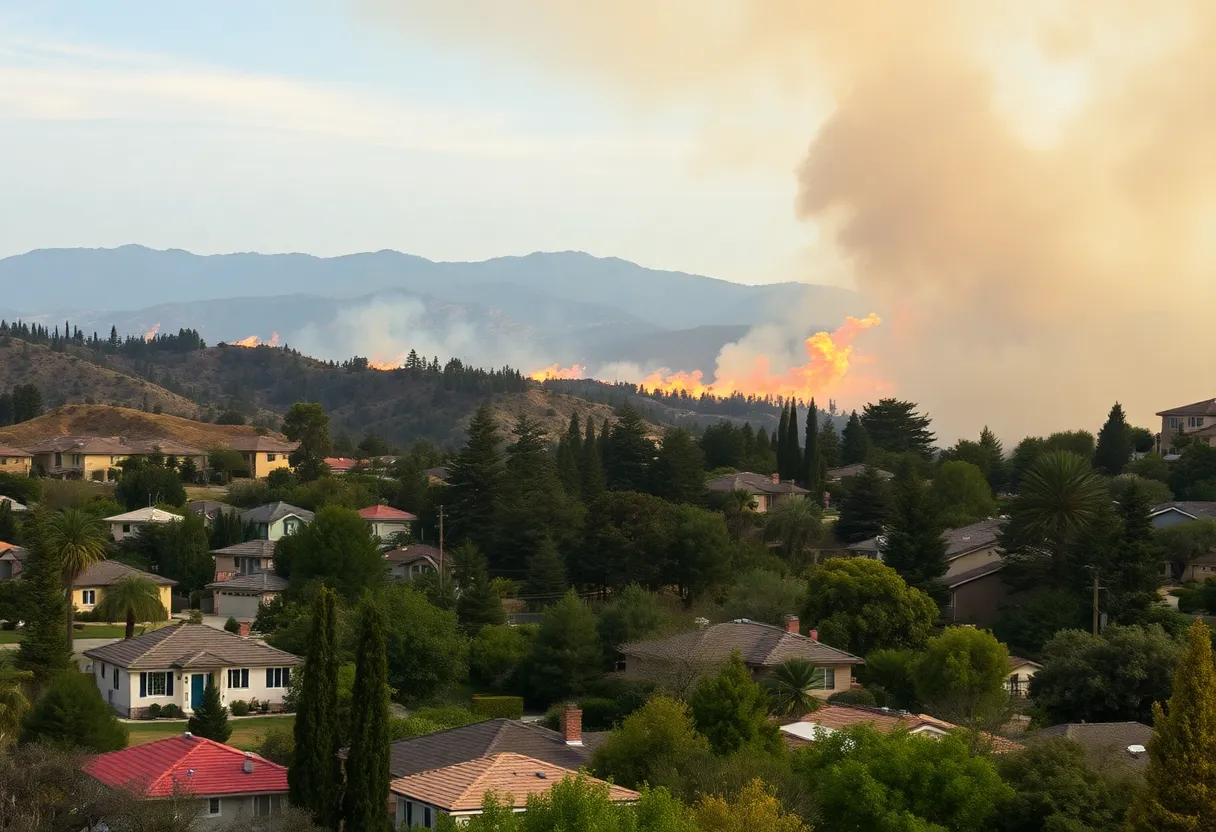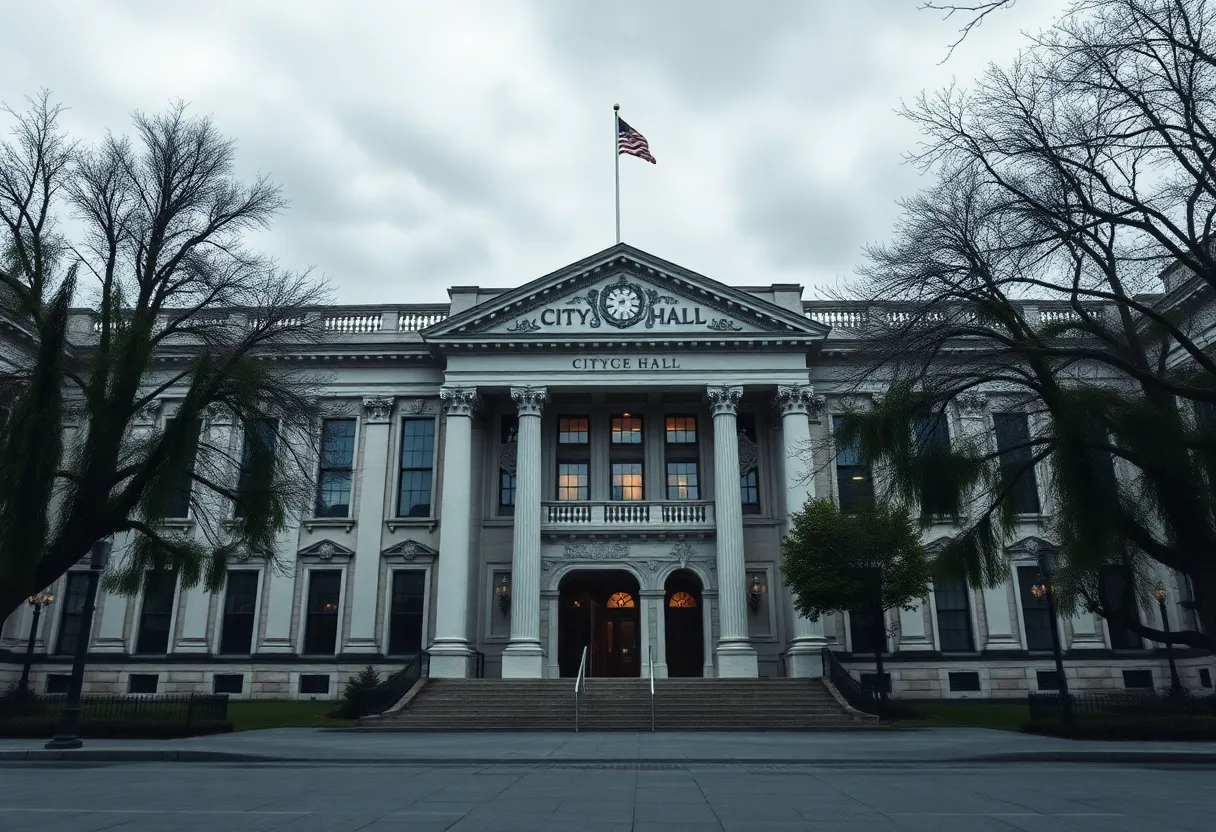News Summary
A new study forecasts a significant risk of a major earthquake along the Cascadia Subduction Zone, potentially leading to severe flooding and subsidence affecting coastal areas from Northern California to Vancouver. The risk of exposed residents and structures could spike dramatically, with projections indicating that thousands more could be affected. Historical context shows devastating past earthquakes have had lasting impacts on the region. Climate change may further exacerbate these risks, demanding urgent action from local governments and emergency planners.
Washington— A recently published study has issued a grave warning about a potential major earthquake along the Cascadia Subduction Zone, a massive fault line stretching over 600 miles off the Pacific Coast. This research indicates that parts of the coastline could experience significant subsidence, leading to potential drops of over 6 feet in some areas. This seismic threat is expected to affect coastal towns from Northern California to Vancouver, Canada, heightening the risk of catastrophic flooding and tsunamis.
The study, which appears in the Proceedings of the National Academy of Sciences, forecasts a dramatic increase in the number of residents exposed to flood risks. Currently, around 8,000 residents live in flood-prone areas; this number could surge to 22,000 if a major earthquake occurs. Likewise, the number of structures at risk of flooding is expected to grow from approximately 13,000 to 36,000. In surface area, the land exposed to flooding may rise by an alarming 116 square miles—an area comparable to five Manhattans.
Historical context highlights the severe potential consequences of a major quake in this region. A significant earthquake recorded in 1700 led to widespread coastal devastation, including subsidence that resulted in forests and villages slipping beneath the ocean. Past seismic activity in the Cascadia Region has shown that such geological events can cause immediate land loss, returning it to tidal mudflats almost instantaneously.
According to scientists, the chance of a major earthquake, with a magnitude of 8.0 or higher, occurring in the Cascadia Subduction Zone within the next 50 years stands at about 15%. For the southern section of the fault, this probability may rise significantly, projected between 37% and 42%. These tremors would not only lead to subsidence but also generate tsunami waves that could reach heights of 100 feet, indicating a severe risk to communities located along the Pacific coastline.
The anticipated earthquake’s aftermath could cripple local infrastructure, necessitating extensive repairs to critical facilities such as bridges, power lines, and essential services. Towns like Seaside, Oregon and Westport, Washington could find themselves facing regular flooding every century following an earthquake, with some areas becoming uninhabitable in the long term.
The study further emphasizes how ongoing climate change could exacerbate these risks. Global sea levels have risen by 8 to 9 inches since 1880, with expectations of an additional increase of 10 to 12 inches by mid-century. Coupled with potential earthquake-induced subsidence, these effects could significantly increase the flood risks along the Pacific Northwest coastline, impacting not just residential areas but also crucial infrastructure including highways, airports, and wastewater treatment plants.
The rising risks associated with the Cascadia Subduction Zone demand urgent attention from local governments and emergency planners. Heightened awareness and preparedness initiatives are critical as the threat of geological and climate-related changes loom. With the brunt of these potential disasters weighing heavily on the shoulders of coastal communities, the study acts as a compelling call to address the significant risks posed by both natural seismic events and the ongoing trend of climate change.
Deeper Dive: News & Info About This Topic
- NBC News: Cascadia Subduction Zone Earthquake Warning
- Wikipedia: Cascadia Subduction Zone
- AOL: Cascadia Subduction Zone Earthquake Impact
- Google Search: Cascadia Subduction Zone Earthquake
- San Francisco Chronicle: Cascadia Earthquake Fault
- Google Scholar: Cascadia Subduction Zone
- KGW: Big Earthquake Impact on Oregon Coast
- Encyclopedia Britannica: Earthquakes

Author: Anaheim Staff Writer
The Anaheim Staff Writer represents the experienced team at HEREAnaheim.com, your go-to source for actionable local news and information in Anaheim, Orange County, and beyond. Specializing in "news you can use," we cover essential topics like product reviews for personal and business needs, local business directories, politics, real estate trends, neighborhood insights, and state news affecting the area—with deep expertise drawn from years of dedicated reporting and strong community input, including local press releases and business updates. We deliver top reporting on high-value events such as major conventions at the Anaheim Convention Center, including NAMM and VidCon, exciting games at Angel Stadium and Honda Center, and developments at Disneyland Resort Our coverage extends to key organizations like the Anaheim Chamber of Commerce and Visit Anaheim, plus leading businesses in hospitality, entertainment, and innovation that power the local economy As part of the broader HERE network, including HERECostaMesa.com, HEREHuntingtonBeach.com, HERESantaAna.com, and HERELosAngeles.com, we provide comprehensive, credible insights into Southern California's dynamic landscape.




